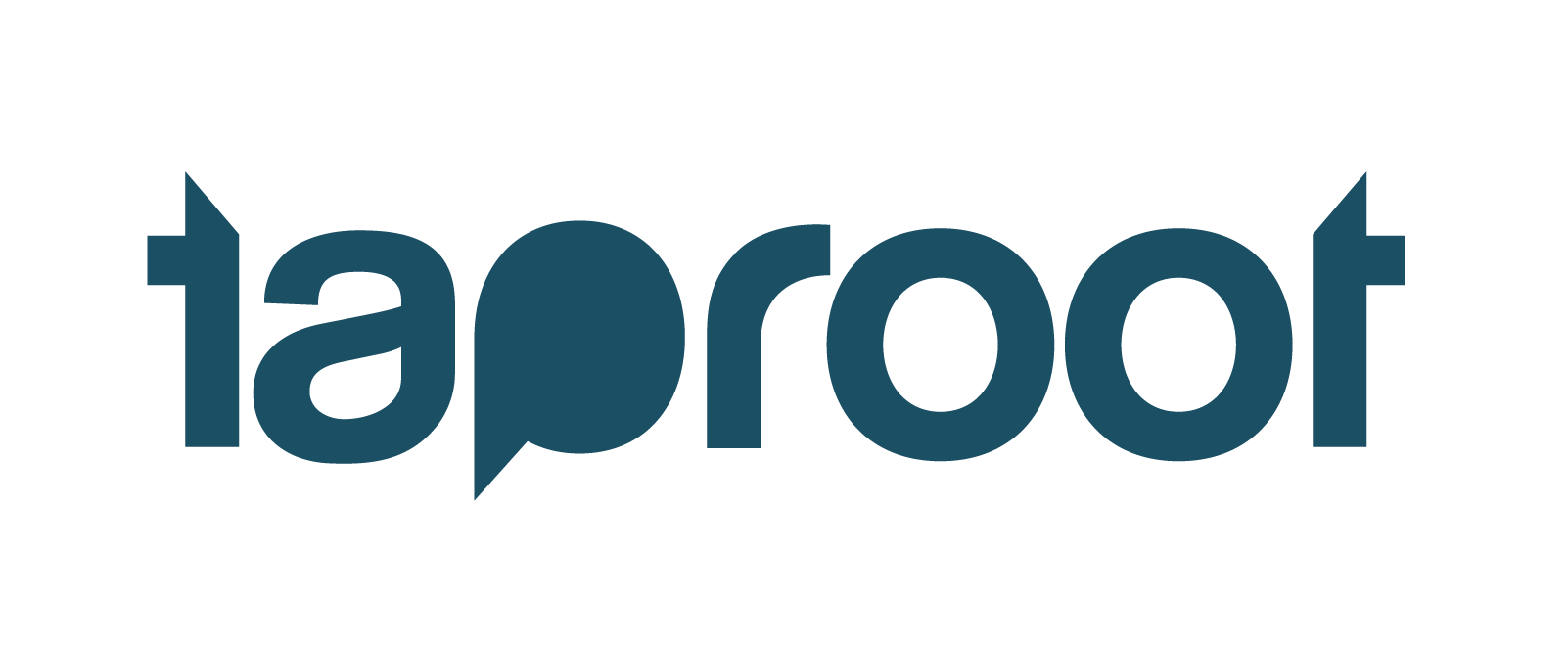Three Upshots of Pro Bono in 2020: Key Takeaways From Taproot Foundation's Annual Corporate Day
Taproot’s annual U.S. Pro Bono Summit Corporate Day highlighted opportunities to learn, improve, grow, and expand the reach and impact of pro bono service in 2020.

This year’s annual U.S. Pro Bono Summit Corporate Day moved to the digital space, where leaders from across sectors gathered to reflect on the challenges of 2020 and the ways in which pro bono can help in response. For many, those challenges shed light on opportunities they were able to embrace—opportunities to learn, improve, grow, and expand the reach and impact of their service.
Our conversations throughout the day covered topics from high-level visions for the future to small tweaks in implementation, but three key takeaways stood out:
The Benefits of Pivoting to Virtual in 2020:Transitioning to virtual was an imperative this year for any CSR team hoping to keep their pro bono programs running, especially while so many nonprofits were looking for support in strategic business areas. That transition wasn’t always easy, but the change has paid off in interesting and unexpected ways.
“From an employee engagement perspective, we had so much interest in our virtual program that we weren’t able to pair everyone who signed up,” explained Megan Faricy, Global Community Engagement Strategist, 3M. “This was amazing because my initial concern was that we wouldn’t have the same impact as we’d had with in-person programs, particularly in terms of employee interest. But our employees were looking for a way to make a difference, especially during a pandemic, and virtual pro bono provided a perfect opportunity to do so.”
The flexibility of virtual pro bono has also directly increased the impact and reach of many companies’ programs. “It’s not so much about making big shifts,” shared Tanya Bell, Senior Manager of Citizen Engagement, RBC. “It’s about being flexible and finding the opportunities in what’s happening. We’ve been able to engage far more employees and nonprofit leaders by going 100% virtual with our programs, so much so that we had to expand our cohorts next year by 50%. Because there’s so much interest and so much need, we also went from a Canadian-only program to fully global. Virtual is what made it possible.”
The Value and Importance of Supporting Small Businesses (in 2020 and Beyond):Small businesses employ millions and provide vital services. Pro bono can be a useful tool to support them in trying times and help them grow in good ones.
Glenda Oakley, Corporate Responsibility Director, USAA, spoke about the USAA Impact Days for Small Businesses program, where selected small businesses work with USAA experts over the course of two days to develop tools and strategies to help grow and strengthen their companies. “The work our employees produced in just a couple of hours was astonishing,” she shared. “It felt so good to see them create an entirely new brand in such a professional manner for some of these small businesses.”
USAA’s support of small businesses is also tied to their commitment to equity. “It really made sense for us to focus our pro bono small business efforts in the minority community, because we know that there are disparities in the resources and funding that they receive.”
Focusing on Diversity, Equity, and Inclusion (DEI) in Pro Bono:How can pro bono be a stronger force for equality? Key program design elements—eligibility criteria, outreach channels, issue-area focus, training, etc.—can either perpetuate or combat systemic inequities facing marginalized organizations, organizational leaders, and communities. We explored how CSR leaders can consider the potential implications of program design choices by asking these four questions:
Employee and Nonprofit Eligibility: Who is eligible to participate in your company’s program? Are there any limitations or barriers to participation?
Employee and Nonprofit Outreach: What methods and channels do you use to promote your program and recruit participants? Do these methods reach and attract a diverse audience?
Employee and Nonprofit Preparation: What support, training, and skill development opportunities do you offer? Is DEI or cultural competency training included in program preparation?
Nonprofit Reporting Requirements: What data does the program require nonprofits to report? Do these requirements create an undue burden for nonprofits, or limit who is able to participate?
At Taproot we are constantly impressed by the dedication and drive of the companies and CSR teams we partner with, but this year we have been especially inspired by their flexibility and willingness to adapt in difficult times. Embracing virtual pro bono in 2020 increased employee engagement, broadened program reach, improved nonprofits’ and small businesses’ access to business experts, and helped reduce inequity in the sector by lowering barriers to participation in pro bono.
We very much look forward to seeing how teams continue to adapt and grow in 2021 and beyond.
We’d love to collaborate with you and your company in 2021. Reach out to us about your program’s needs, and we’ll set up a time to talk.

